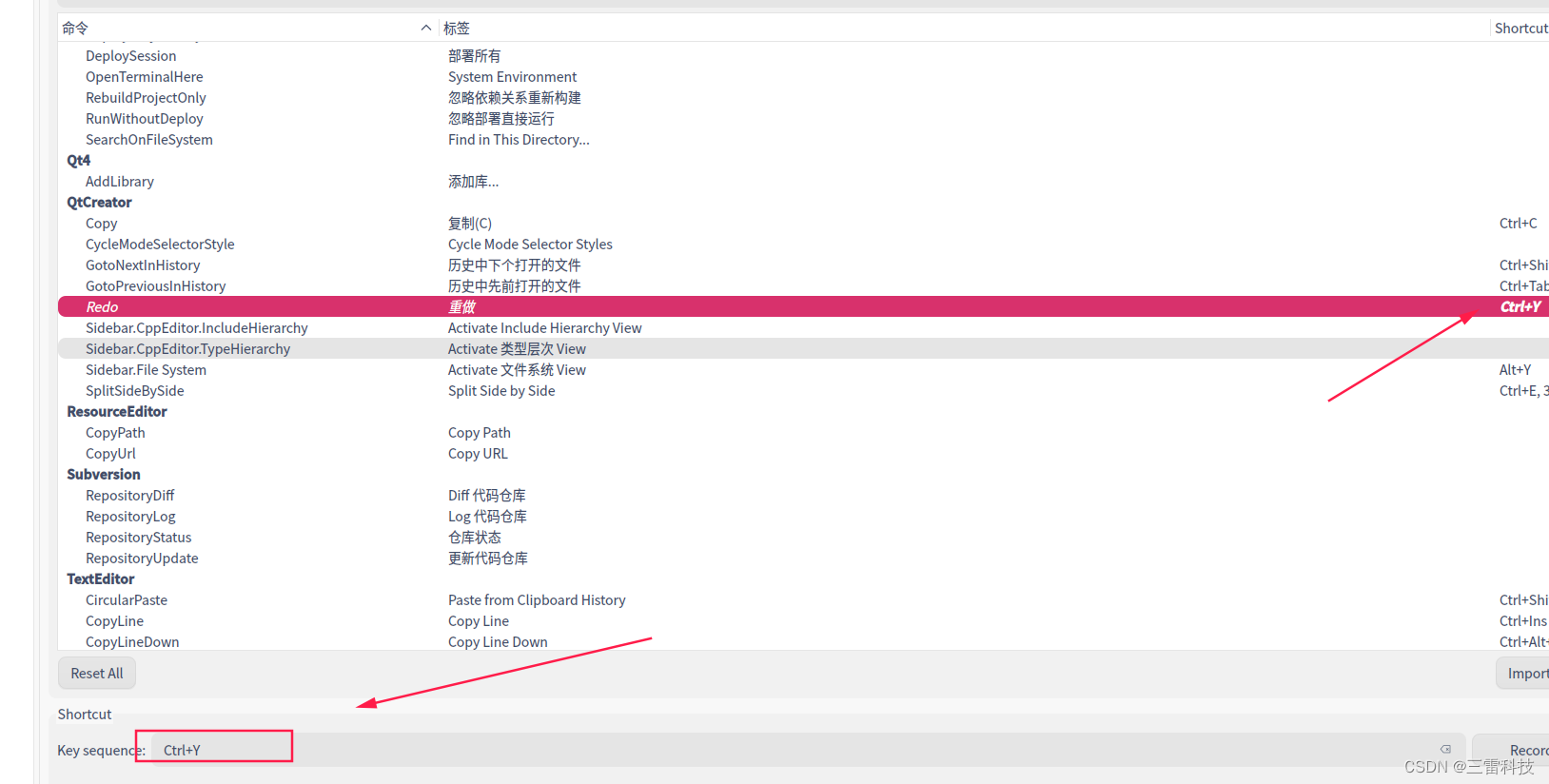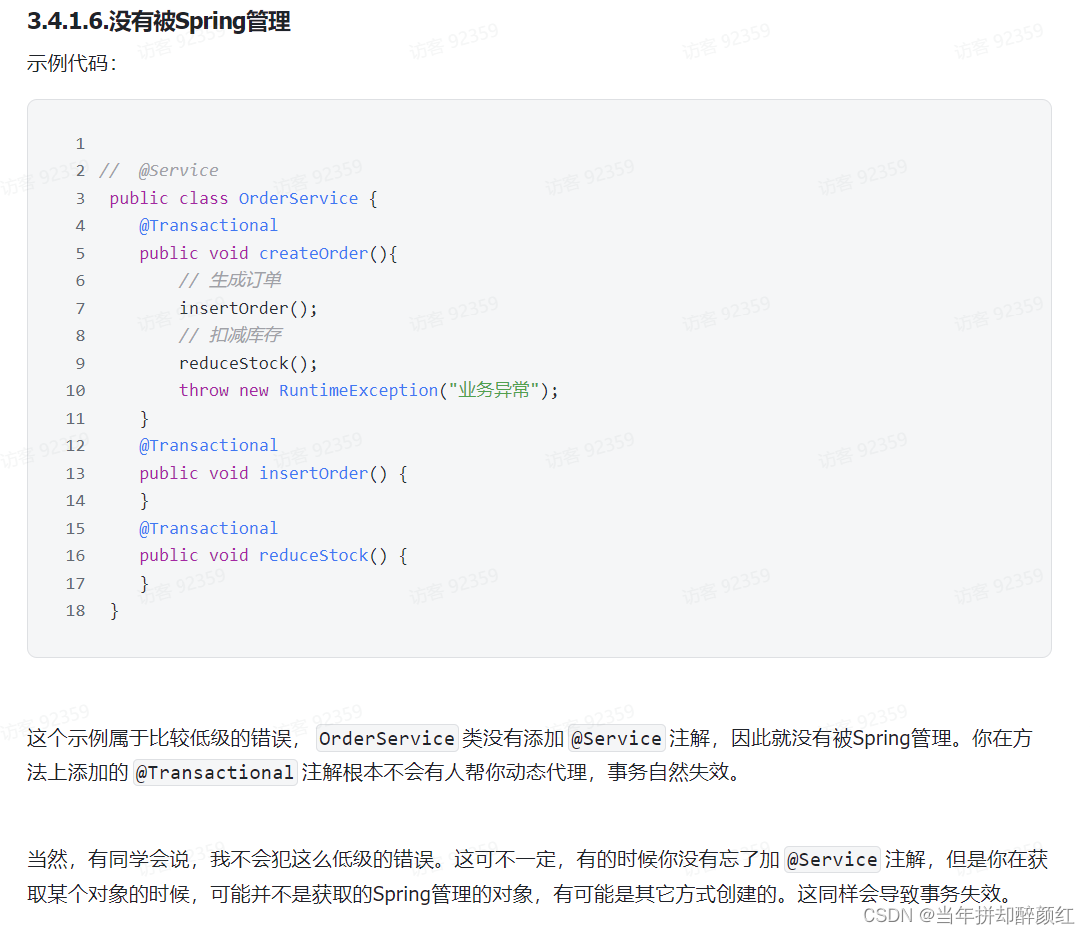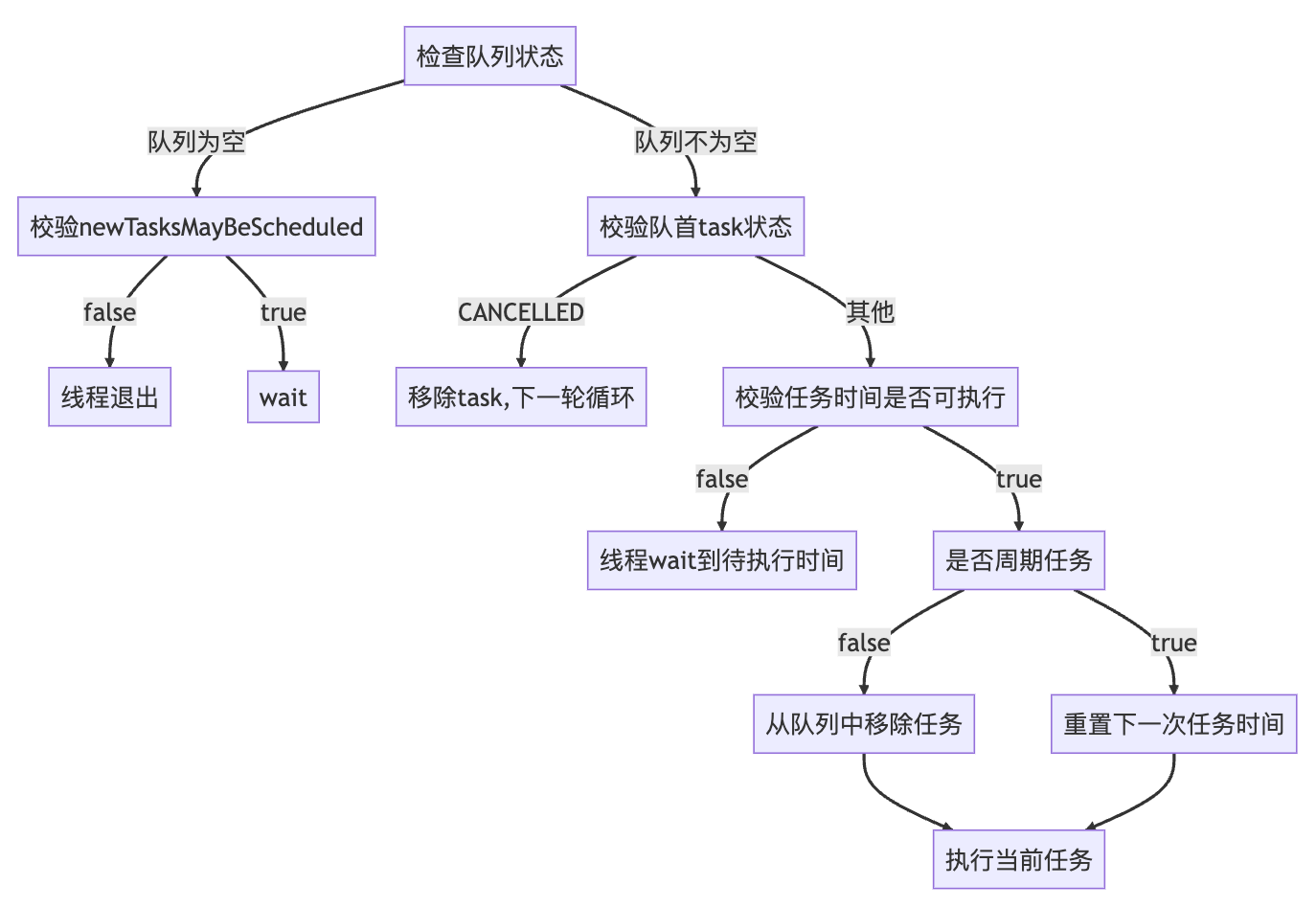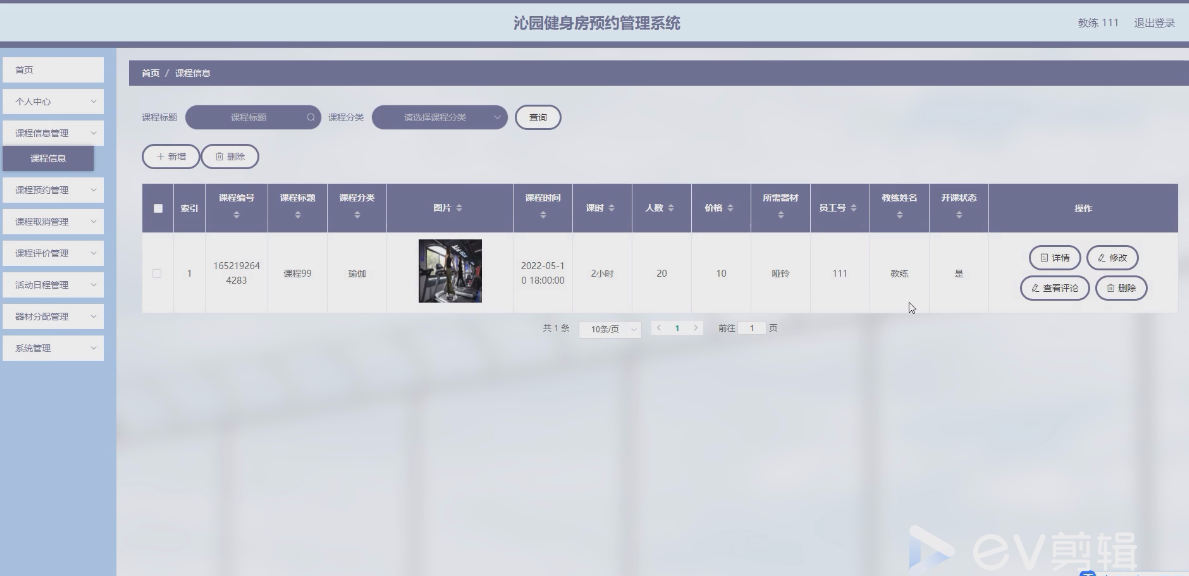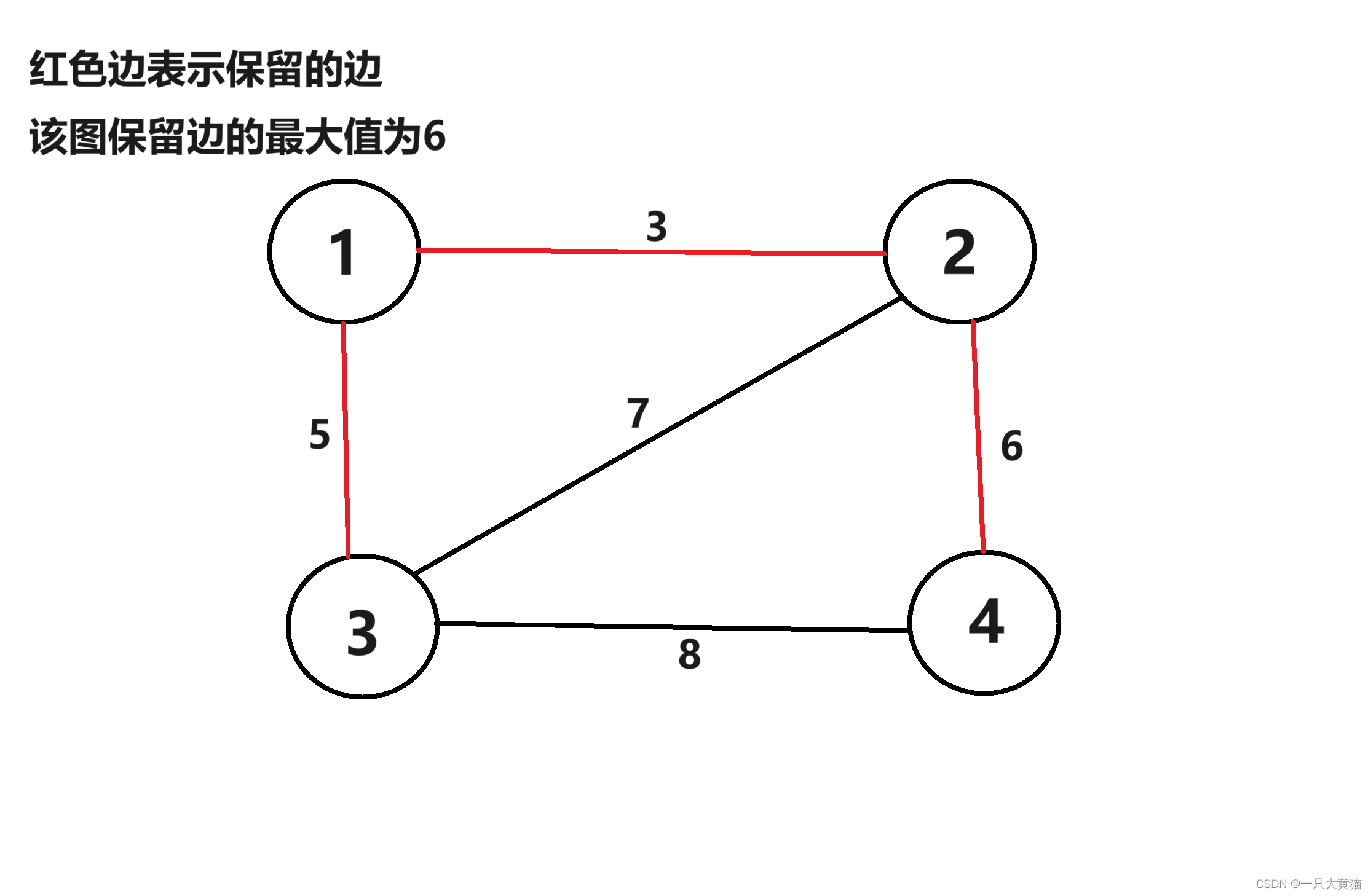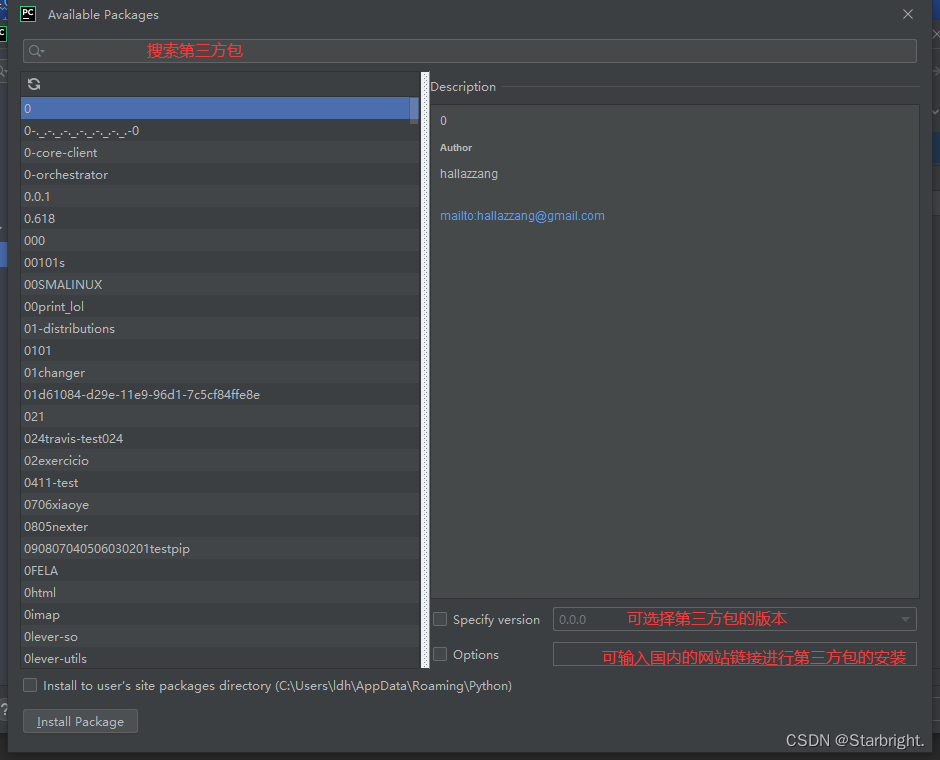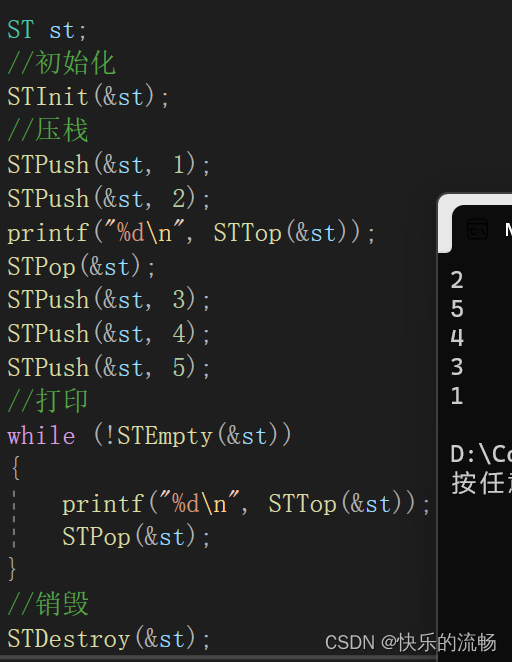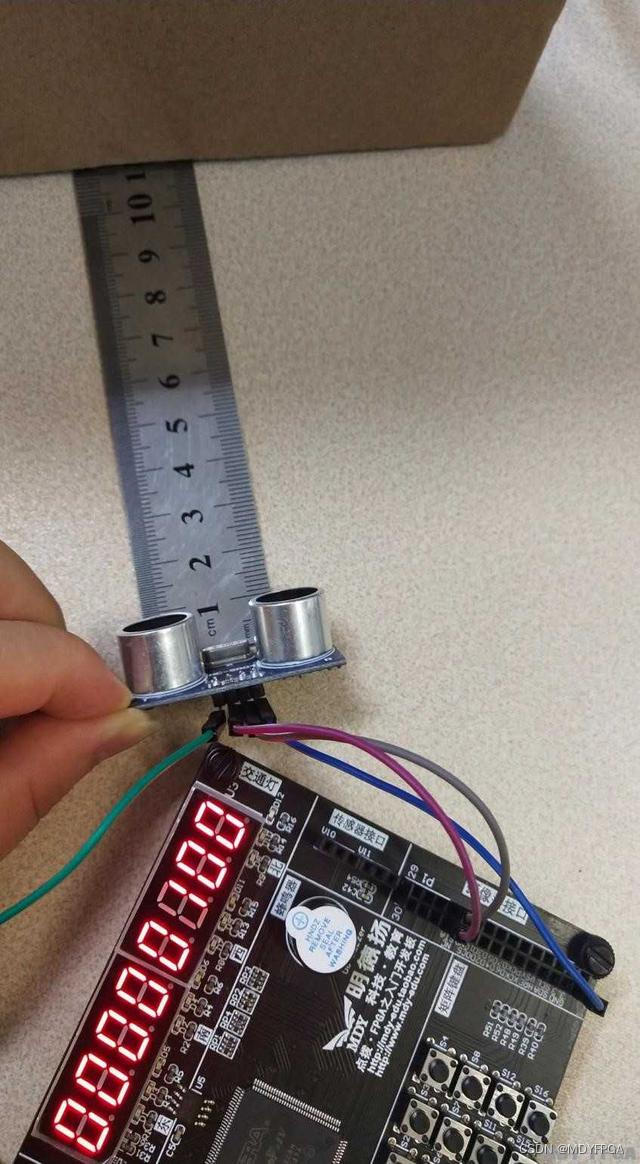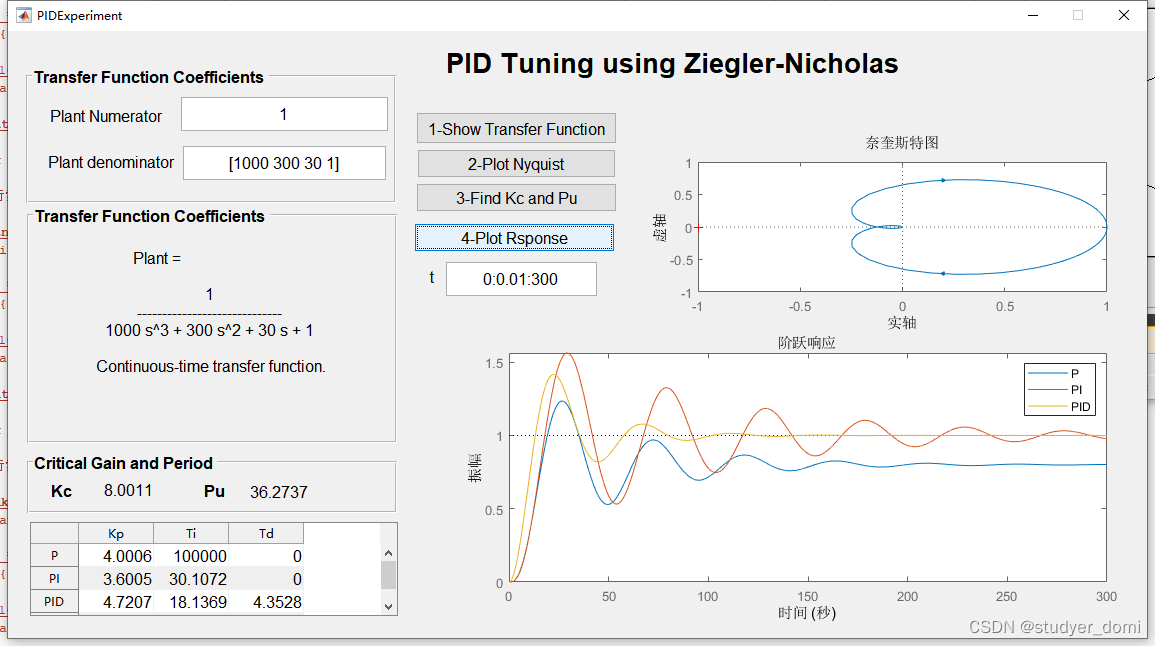目录
- 1.栈的概念及结构
- 2.栈的代码实现
1.栈的概念及结构
栈:一种特殊的线性表,其只允许在固定的一端进行插入和删除元素操作。进行数据插入和删除操作的一端
称为栈顶,另一端称为栈底。栈中的数据元素遵守后进先出LIFO(Last In First Out)的原则。
压栈:栈的插入操作叫做进栈/压栈/入栈,入数据在栈顶。
出栈:栈的删除操作叫做出栈。出数据也在栈顶
栈的压栈和出栈大概就是以下图解
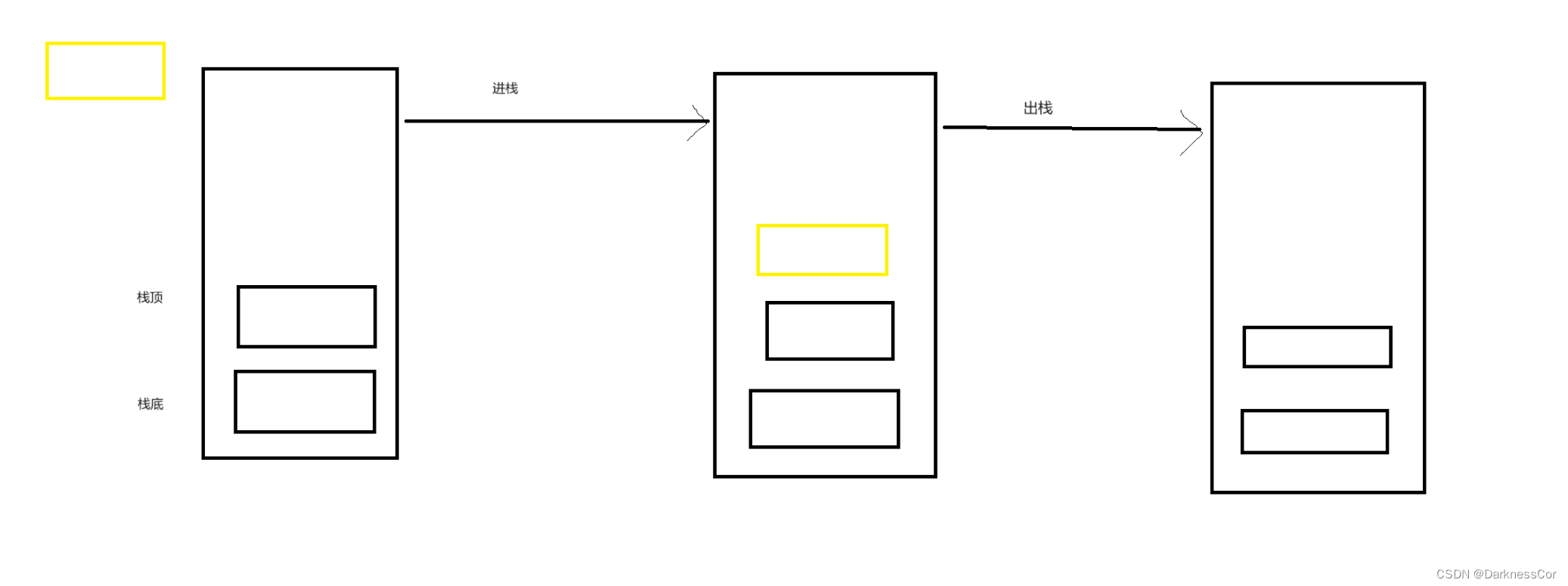
栈的实现一般可以使用数组或者链表实现,相对而言数组的结构实现更优一些。因为数组在尾上插入数据的代价比较小
2.栈的代码实现
接口的声明
#pragma once
#include<stdio.h>
#include<stdlib.h>
#include<assert.h>
#include<stdbool.h>
typedef int STDataType;
typedef struct Stack
{
STDataType* _a;
int _top; // 栈顶
int _capacity; // 容量
}Stack;
// 初始化栈
void StackInit(Stack* ps);
// 入栈
void StackPush(Stack* ps, STDataType data);
// 出栈
void StackPop(Stack* ps);
// 获取栈顶元素
STDataType StackTop(Stack* ps);
// 获取栈中有效元素个数
int StackSize(Stack* ps);
// 检测栈是否为空,如果为空返回非零结果,如果不为空返回0
bool StackEmpty(Stack* ps);
// 销毁栈
void StackDestroy(Stack* ps);
//打印栈内容
void StackPrint(Stack* ps);
接口的实现
#define _CRT_SECURE_NO_WARNINGS 1
#include"Stack.h"
void StackInit(Stack* ps)
{
assert(ps);
ps->_a = NULL;
ps->_capacity = 0;
ps->_top = 0;
}
void StackPush(Stack* pst, STDataType x)
{
assert(pst);
if (pst->_top == pst->_capacity)
{
int newcapacity = pst->_capacity == 0 ? 4 : pst->_capacity * 2;
STDataType* tmp = (STDataType*)realloc(pst->_a, sizeof(STDataType) * newcapacity);
if (tmp == NULL)
{
perror("realloc fail");
return;
}
pst->_a = tmp;
pst->_capacity = newcapacity;
}
pst->_a[pst->_top] = x;
pst->_top++;
}
void StackPop(Stack* ps)
{
assert(ps->_top > 0);
ps->_top--;
}
STDataType StackTop(Stack* ps)
{
return ps->_a[ps->_top-1];
}
int StackSize(Stack* ps)
{
return ps->_top;
}
bool StackEmpty(Stack* ps)
{
return ps->_top == 0;
}
void StackDestroy(Stack* ps)
{
free(ps->_a);
ps->_capacity = 0;
ps->_top = 0;
}
结尾:今天的分享到此结束,喜欢的朋友如果感觉有帮助可以点赞三连支持,咱们共同进步!
